Kraken
Cryptowatch - trading terminal for digital assets

About Cryptowatch
Cryptowatch is a popular charting & trading terminal for cryptocurrency markets. Their mission is to provide one powerful interface to scan prices, analyze market movements, and execute trades on every major cryptocurrency exchange - an agreagator in short. Cryptowatch is owned by Kraken Digital Asset Exchange.
My role
As a UX Consultant at Kraken, my responsibilities included:
- research and data-driven insights
- concepting new platform features
- UX & UI work, rapid prototyping
- organizing and leading design iterations
- testing and concept validation
- collaborating with devs and key stakeholders
- supporting marketing and user growth strategies
Alerts and manage alerts
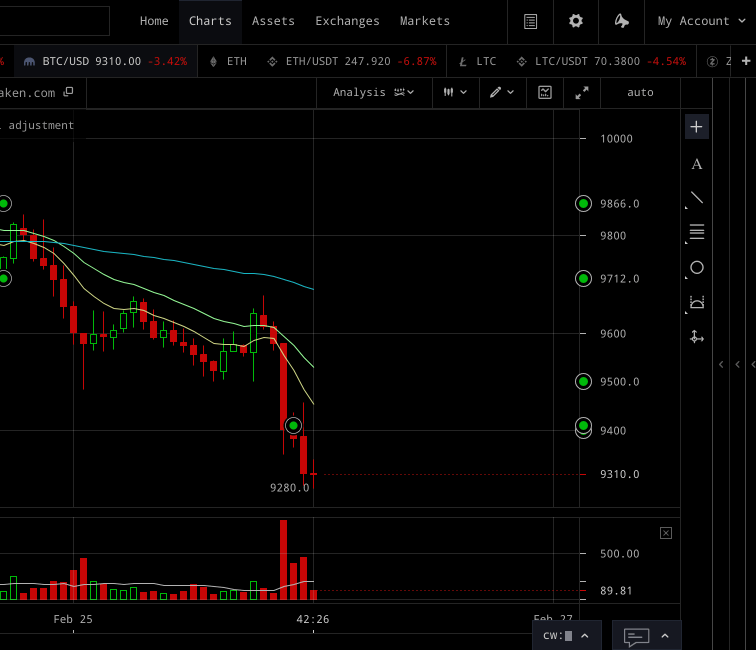
Alerts can be set based on Price and Volume from both the menu control and the Y-axis of the chart. They support 4 type of triggers: in browser highligh, sound, SMS message and mail.
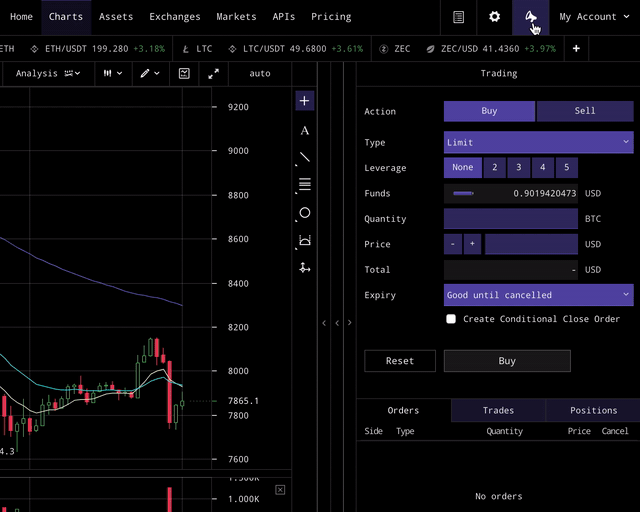
Temporary, managing alerts is done through a scroll view, while a stand alone page is being developed. Alerts are set to evolve into trigger systems for executing complex orders or other sequential account activities.
Bitcoin payments
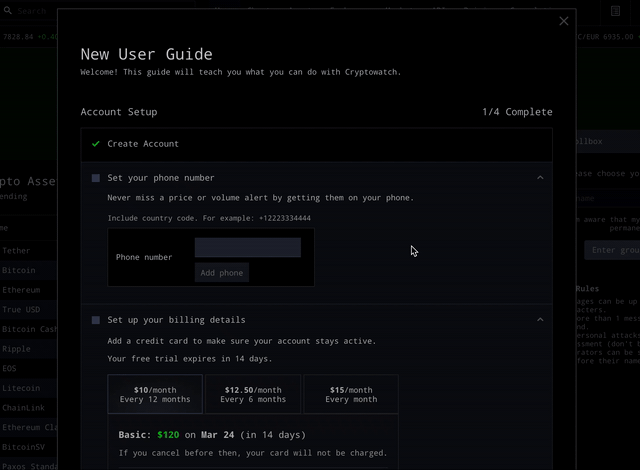
Part of the work on payments included the ability to make sure that users can pay for their subscription with Bitcoin. This was done by integrating BTC pay server and adopting the interface to support it.
New user guide & Onboarding
When new users create an account, they can explore the platform through the NUG. Essentially that is a list of important tasks helping them to set up their account and get up to speed with trading. The purpose of the guide is to showcase the important features but also highligh the premium ones.
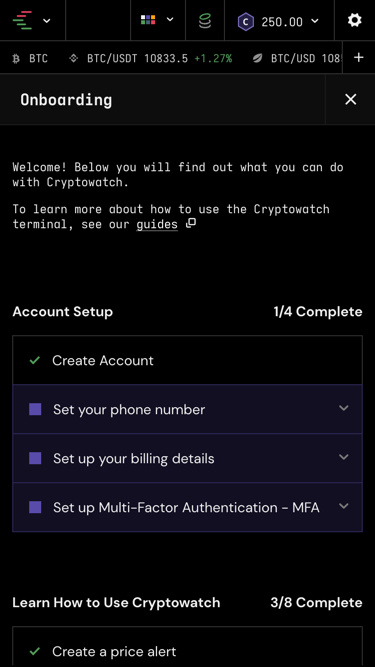
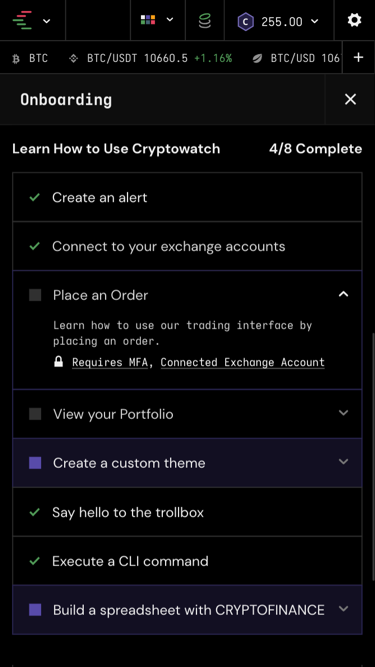
A/B Testing and User growth strategies
Positive reinforcement and loss aversion mental models were utilized as experiments to improve the user conversion rate. This was achieved by highlighting what users would be losing if they chose to cancel their premium account instead of what they would keep by staying further on premium. The user growth strategies were achieved through a series of A/B testing experiments. The results - over 40% increase in paying users for the loss aversion approach.
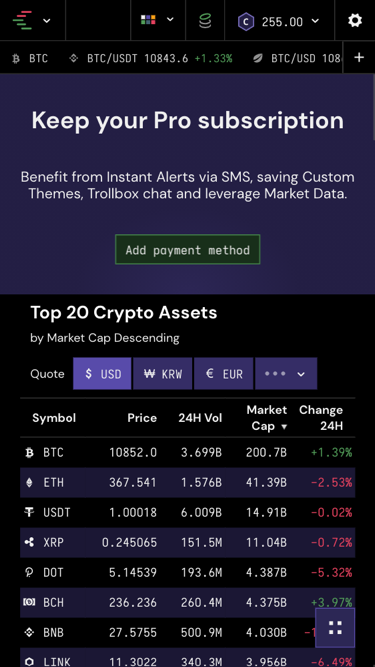
Highlighting benefits and utilizing positive reinforcement of why users should add payment method and keep their pro subscription.
VS
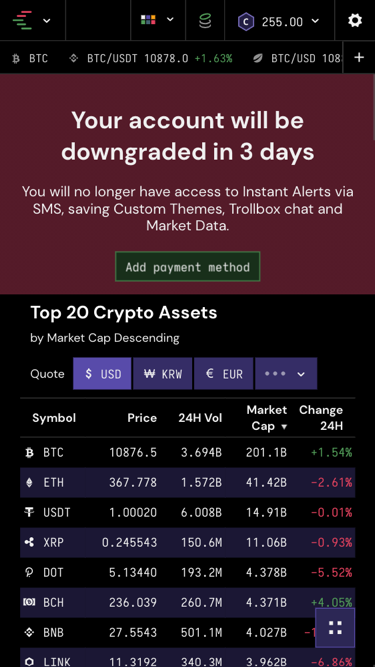
Using loss aversion to stress that the user's account will be downgraded and access to key features would be removed.